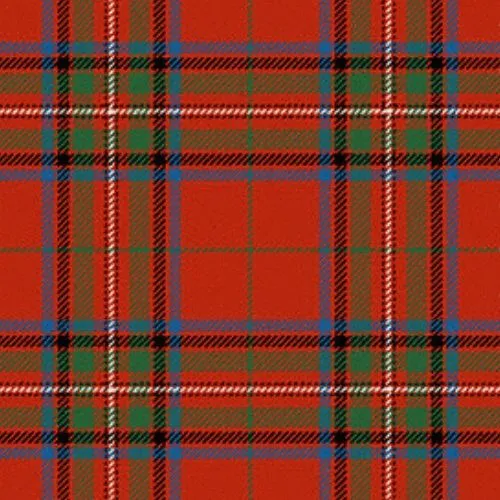Historical Context
The Stewart of Rothesay Ancient Tartan has deep roots in Scottish history, tracing its origins back to the Highlands, where it served as both a practical garment and a symbol of clan identity. The tartan is associated with the royal House of Stewart, a lineage that played a crucial role in Scotland's monarchy, particularly during the late Middle Ages. The vibrant patterns not only distinguished clans but also represented their unique heritage and values. Notable figures, such as James VI of Scotland and I of England, hailed from this lineage, solidifying the tartan's importance in Scottish culture. Over the centuries, the Stewart tartans have seen various adaptations, reflecting the changing times while maintaining their historical significance.
Color Scheme and Pattern
This tartan features a classic pattern characterized by a combination of rich greens and subtle earthy tones, symbolizing the lush landscapes of Scotland. The alternating bands of color are designed to evoke a sense of harmony and unity among the clans, with green representing the fertile Highlands and the earthy hues reflecting the connection to the land. Made from 100% acrylic wool, this tartan offers durability and comfort, making it suitable for various occasions.
Commitment to Quality
At Scottish Kilt, we pride ourselves on offering a wide range of Scottish cultural products, including custom kilts, skirts, and a full selection of tartan accessories and clothing. Our commitment to custom craftsmanship, ethical practices, and high-quality materials ensures that each piece is designed to last. We also emphasize easy maintenance and competitive pricing, along with rigorous quality assurance, to provide you with the best experience possible.












